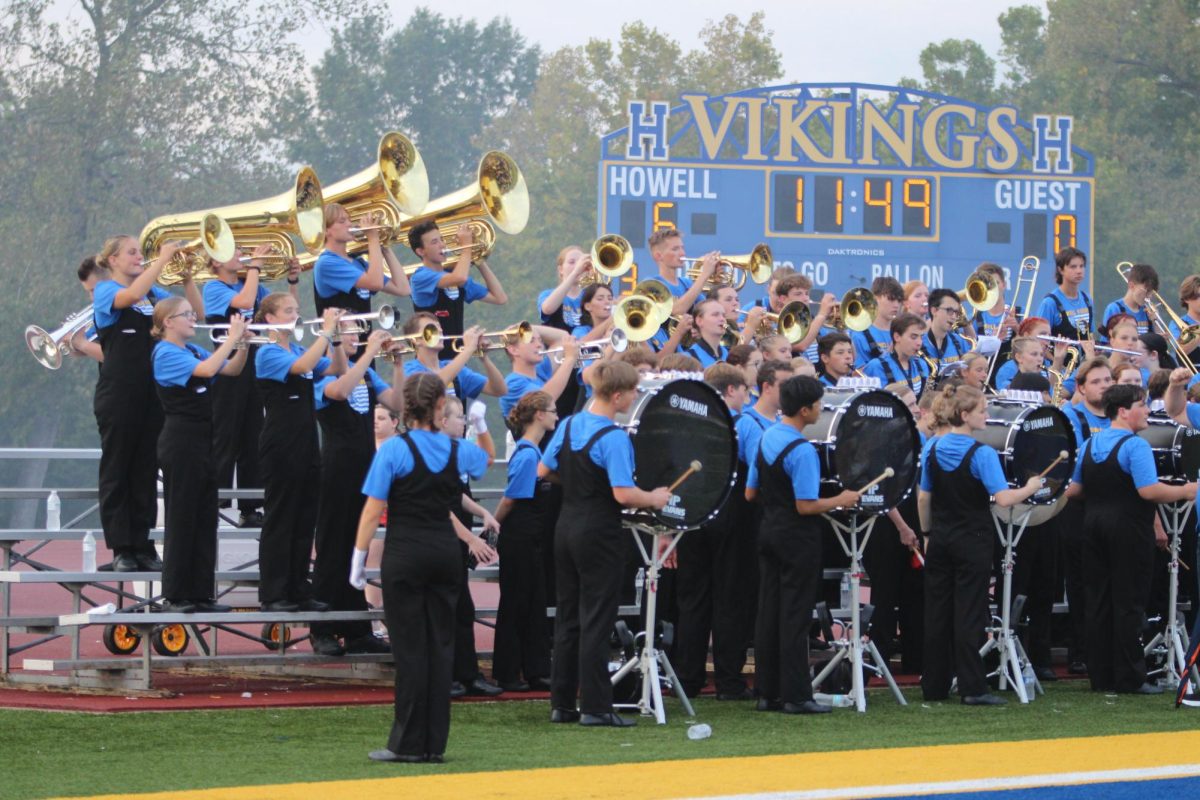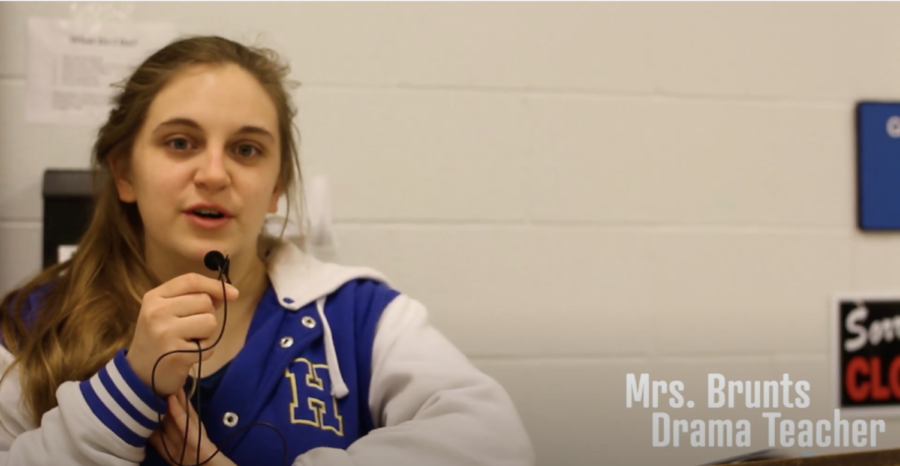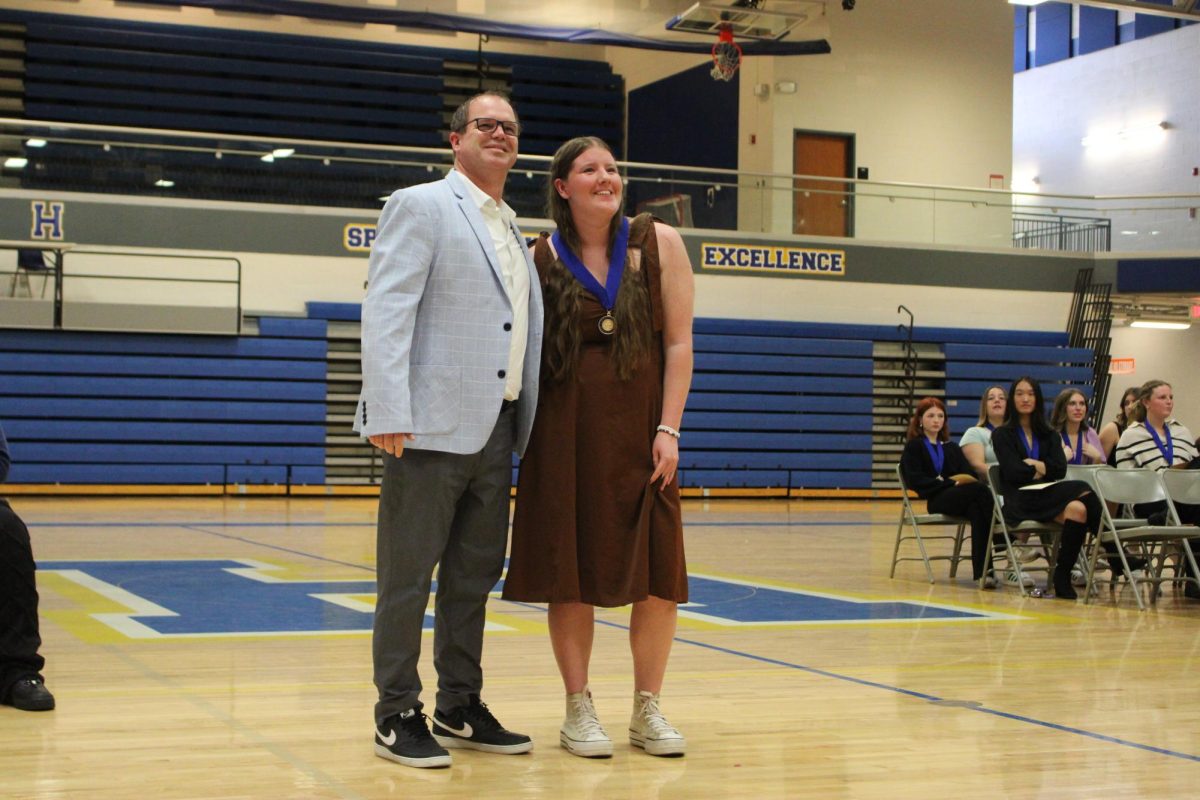Scott Frank’s miniseries, The Queen’s Gambit, offers a refreshing take on chess
Oct. 23, the mini-series The Queen’s Gambit premiered on Netflix. The series has the highest views for a scripted miniseries on Netflix and is causing a nationwide resurgence in chess-playing.
The Queen’s Gambit, Adapted from Walter Tevis’ 1983 novel, tells the rise of fictional chess prodigy Beth Harmon (played by Anya Taylor-Joy) as she navigates the drug & sex filled 1960s. At seven episodes, roughly an hour each, the series is an easy binge.
Even though the series falls victim to a slow start, it’s impossible not to be yanked into the story by the bold colors and visually stimulating time-lapse style editing. The first two episodes focus on Harmon’s childhood and lack substance. A lead who never smiles dressed in institutional plaid can be hard to connect with. Despite the dullness, the first episodes are essential to understanding Beth Harmon and include pivotal plot points that which are referenced later in the series. Getting through the beginning is the hardest job for the viewer, but the remaining five episodes make a worthwhile wait.
Once the story progresses to Harmon’s coming of age, the show becomes exuberant as its flashy collection of instantly iconic outfits matches the colorful clash of characters. Anya Taylor-Joy (Beth Harmon) delivers a strong performance that showcases her firm control over every aspect of her acting. Though the character’s dialogue is often understated, the miniscule yet noticeable expressions painted on Taylor-Joy’s face never allow for any dull moments.
The period-accurate music mixed with the visually appealing edits create an atmosphere that is full of life and energy. For a game that has never been connotated with visual excitement, editor Michelle Tesoro adds unconventional and creative time-lapse hybrid chess match sequences to create constant viewer engagement.
Cinematographer Steven Meizler adds a unique aesthetic to the series that highlights the blacks and white contrast of the chessboard. The Queen’s Gambit‘s visual identity feels strongly reminiscent of Meizler’s early work on Steven Spielberg’s films Catch Me If You Can and Minority Report. Costume designer Gabriele Binder infuses the apparel of the characters with more than just 60s babydoll fashion. Each of Harmon’s outfits correlates with her progression towards dominance over the chess board. Though Harmon starts in scrappy hand-me downs, as her chess wins pile on she gains capital and confidence, giving her the resources to afford her own style. In her adolescence Harmon’s outfits utilize chess-inspired checker print, before transitioning to black with Harmon’s depression. As the series draws to a close, Harmon is dressed in elegant white.
The accuracy placed towards the actual game of chess itself and the intricate move strategies is astounding. Chess grandmasters such as Jennifer Shahade and David Howell have complimented The Queen’s Gambit as being one of the most accurate screen depictions of professional chess. Director Scott Frank’s insistence on having former chess champion Garry Kasparov as a consultant seems to have paid off. Since the series debuted, the gaming site Chess.com has seen a huge growth in users of more than a million new profiles.
Overall, The Queen’s Gambit makes a name for itself through its engaging premise, Anya Taylor-Joy’s performance, and the distinct visual flair in each frame.





































